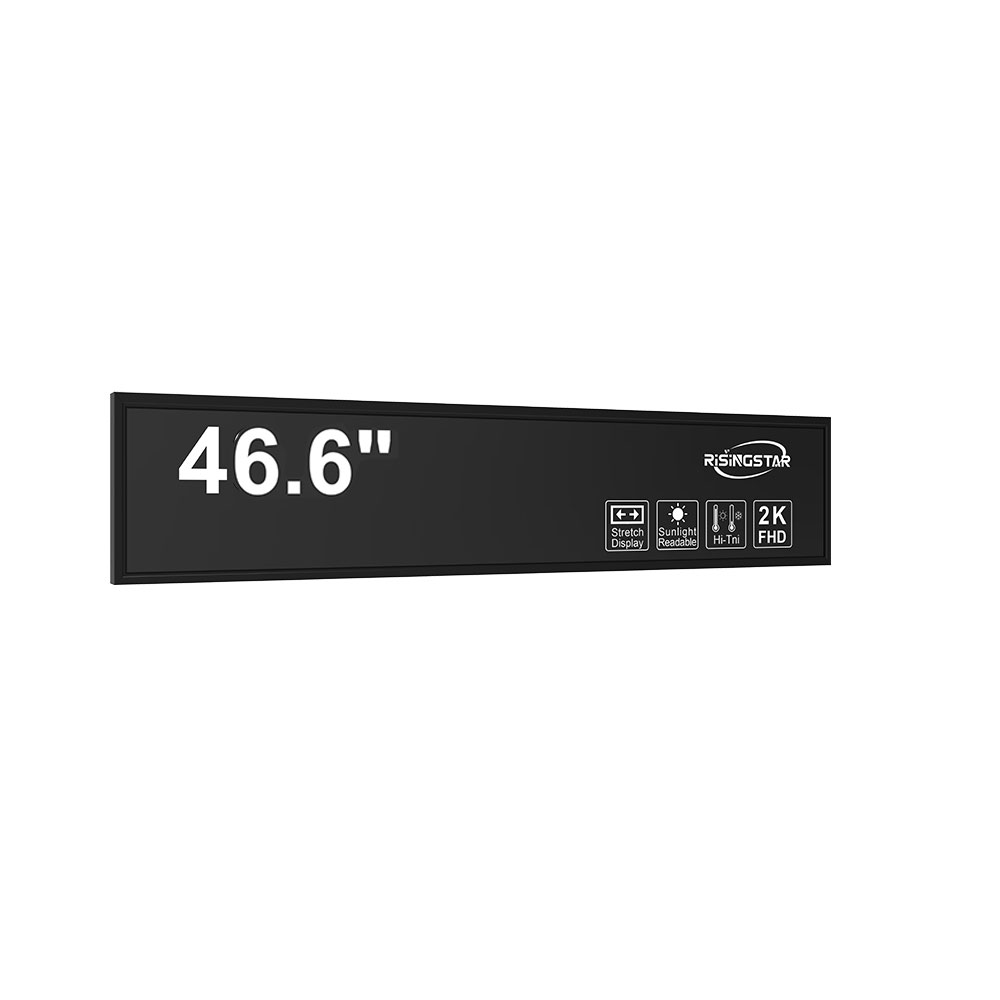- Home
- About Us
- Products
- News
- Video
- Contact
- Send Inquiry
Search
- Home
- About Us
- Products
- News
- Video
- Contact
- Send Inquiry

In the realm of outdoor industrial electronics, the reliability and visibility of display technology are paramount—especially under harsh environmental conditions. High-brightness sunlight-readable LCD displays have emerged as the gold standard for applications such as military command systems, transportation control panels, agricultural monitoring equipment, and utility metering in remote locations. These displays must not only perform flawlessly in direct sunlight but also withstand extreme temperatures, humidity, vibration, and dust exposure.
The core innovation behind sunlight-readable LCDs lies in their ability to achieve brightness levels exceeding 5,000 nits—far beyond the typical 300–500 nits found in consumer-grade screens. This high luminance is achieved through a combination of advanced backlighting technologies (such as LED arrays with optimized diffusers), anti-reflective coatings, and polarized light management techniques. For example, companies like Novatek and LG Display have developed proprietary film-based brightness enhancement layers that boost contrast ratios while minimizing glare. Additionally, some manufacturers integrate ambient light sensors that dynamically adjust brightness based on real-time sunlight intensity—an energy-efficient feature critical for battery-powered devices.
A key differentiator between standard and sunlight-readable LCDs is the use of transflective liquid crystal technology. Unlike traditional transmissive displays that rely solely on backlights, transflective panels incorporate reflective layers that bounce ambient light back through the pixels when lighting conditions are favorable. This dual-mode operation ensures visibility even in low-light environments without draining power—a significant advantage in solar-powered or portable field equipment. According to a 2023 report by MarketsandMarkets, the global market for sunlight-readable displays is projected to grow at a CAGR of 7.4% from 2023 to 2028, driven largely by increasing demand in defense, aerospace, and smart infrastructure sectors.
Case studies reinforce the necessity of these features. In a deployment by Siemens for railway signaling systems across the Swiss Alps, engineers selected a 12.1-inch sunlight-readable LCD rated at 6,000 nits. The display remained fully readable during midday sun exposure, even at altitudes above 2,000 meters where UV radiation and temperature fluctuations challenge conventional screens. Similarly, in Australia’s Outback, mobile mining operations rely on ruggedized LCDs with IP65 ratings and -30°C to +70°C operating ranges to maintain uptime in extreme heat and dust storms.

From an engineering perspective, selecting the right sunlight-readable LCD requires careful consideration of several parameters: brightness (measured in nits), contrast ratio, viewing angle (typically ≥170°), touch compatibility (capacitive vs resistive), and thermal stability. ISO 16750-3 and MIL-STD-810G standards provide benchmarks for environmental resilience, while EN 60068-2-1 defines test methods for mechanical shock and vibration. Compliance with these standards ensures that the display will function reliably in the field—not just in lab conditions.
For developers integrating these displays into embedded systems, modern interfaces like LVDS, MIPI DSI, and eDP simplify integration with ARM Cortex-A and RISC-V processors. Furthermore, the trend toward modular design—where users can swap out displays without reconfiguring firmware—enhances long-term maintainability in mission-critical deployments.
Ultimately, high-brightness sunlight-readable LCDs are not merely about visibility—they represent a holistic engineering solution balancing performance, durability, and usability in real-world environments. As industries continue to digitize operations in remote and exposed settings, the role of these displays will only expand, making them indispensable components in the future of industrial IoT and edge computing.